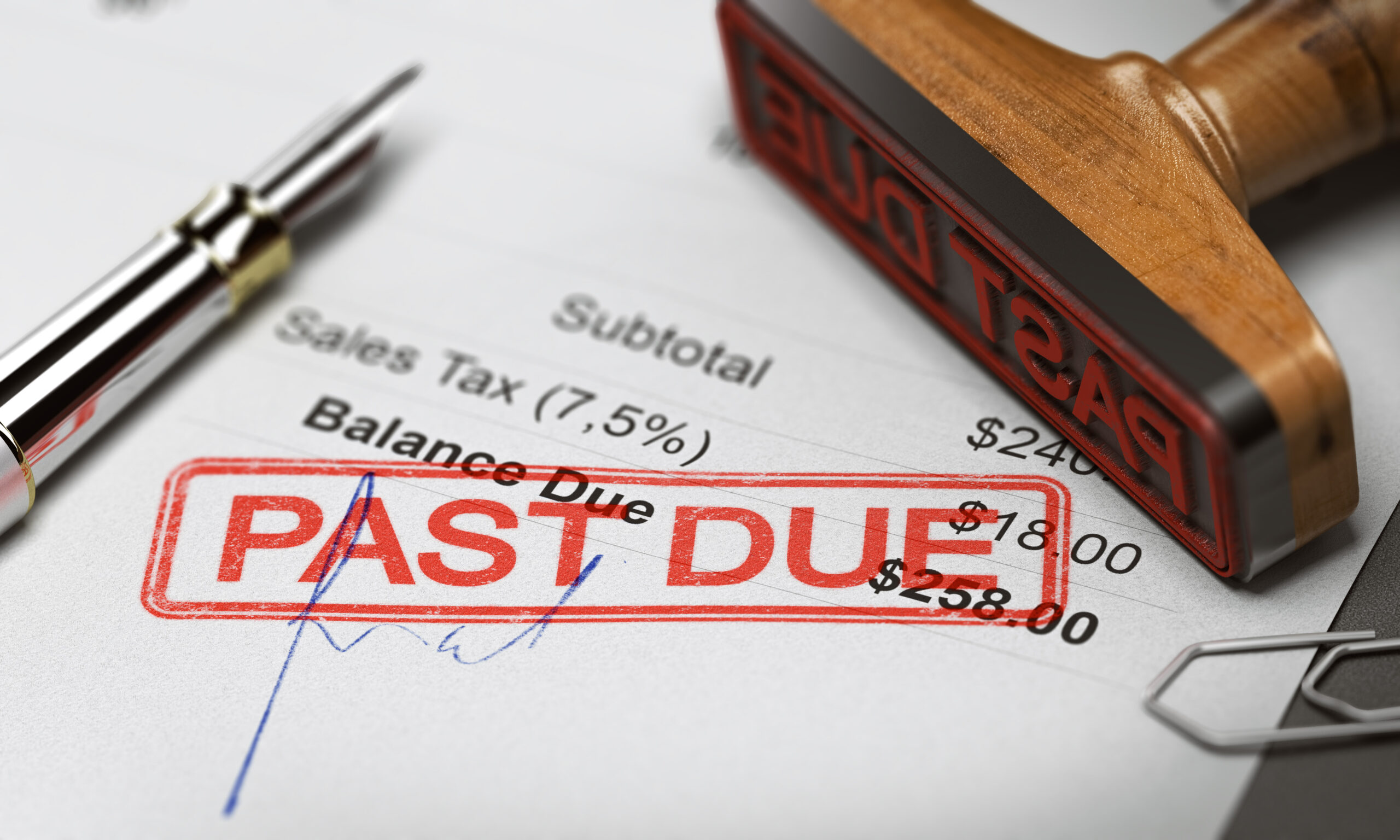How to give someone a bad credit rating in Australia
As a business or individual consumer, you cannot manipulate someone else’s credit score. However, you can alert reporting bodies, such as CreditorWatch, of negative payment behaviour or adverse events to inform their analysis. If a trading partner has failed to pay their debt obligations on time, registering this payment default with CreditorWatch may negatively affect their RiskScore – alerting other creditors to this risk.
What is a credit rating?
A credit rating and credit score represent a debtor’s risk as determined by reporting agencies such as CreditorWatch. Businesses, lenders and banks can leverage credit reference checking to identify who to extend credit to and on what terms. Credit scoring technology such as RiskScore analyses multiple, extensive categories of data to determine how likely a trading partner is to fulfil any payment obligations to your business.
The data that informs a RiskScore credit check includes:
- Over 11 million monthly tradelines from 55,000+ CreditorWatch customers, including SME payment data from Xero and MYOB and corporate Aged-Trial Balance (ATB) uploads
- Business demographic risk data, including geographic cluster risk analysis
- Traditional risk indicators, such as ASIC notices, court actions, registered defaults, bankruptcies, and ATO tax defaults
When you search for a trading partner via its name, ABN or ACN within the Credit Reporting suite, the machine-learning technology analyses this data to generate a RiskScore between 0-850 and a payment rating from A1 to F.
A higher score and rating represent a more creditworthy business, likely to demonstrate positive payment behaviour. So, what is a good credit score? Any company with a score that gives it a payment rating of B2 or higher is considered a low or very-low risk as a debtor.
Is it possible to give a business a bad credit rating?
You cannot arbitrarily change or control a business’s payment rating or RiskScore on a whim. It is critical that credit scores represent an objective analysis informed by accurate data. For example, a trading partner that demonstrates negative payment behaviour in its dealings with a CreditorWatch client, will likely have its RiskScore automatically reduced due to that data being covered by the RiskScore tool.
For CreditorWatch customers, another avenue to flag bad payment behaviour is through registering an official payment default from their dashboard if they have already attempted to recover the debt. This ‘black mark’ informs future credit scoring for that company and can remain visible in its credit history and file for up to 5 years. In fact, 91% of customers have indicated that they would not choose to trade with a company based on the registered default alone. This action serves as a deterrent to late-paying trading partners of CreditorWatch clients, offering real consequences.
Can you dispute a payment default?
If you want to dispute a credit default with CreditorWatch, you have one of two options. You can either:
- Contact the creditor directly. They may be able to investigate the dispute and request that CreditorWatch amends your credit file – if it is assessed as genuine.
- Contact CreditorWatch using the following steps:
- Submit a payment default dispute request
- CreditorWatch will confirm the investigation in writing. The Customer Resolutions team will investigate the dispute request within 30 days and provide a written response unless an extension is required. CreditorWatch will notify you if an extension is necessary.
- CreditorWatch will contact the creditor if necessary and review any information received. This detail will help the team determine the validity of the dispute.
- CreditorWatch finalises the investigation. Once concluded, you will receive written communication detailing the outcome of the dispute. If the disputed information remains on file, CreditorWatch will write to you explaining why it could not change the information or why the request was invalid.
Safeguard cash flow and mitigate risk with Credit Reporting from CreditorWatch
Being able to flag poor payment behaviour of a trading partner is crucial to help fellow businesses avoid bad debt in the future. Avoiding risky debt in the first place though is the gold star of business process. By leveraging the credit reporting and management suite from CreditorWatch throughout your customer onboarding and monitoring processes, you can better protect your cashflow, save time chasing bad debt, and reduce financial risk.
With a simple name, ABN or ACN search, RiskScore can reveal a score from 0-850 and payment rating from A1 to F. With each payment rating comes recommended actions from our expert team, advising how to proceed with extending credit. You’ll arm your team with the knowledge of any red flags, such as previously registered defaults, ASIC notices and court actions.
Credit controllers can also monitor companies from the CreditorWatch platform using automated and integrated 24/7 Monitoring and Alerts. Information and policies can change, and trading partners can turn risky quickly if you’re unaware of what’s happening. This safety net ensures you get emailed as soon as vital details change – ensuring you’re armed with the information you need to act with confidence.
CreditorWatch Collect helps you prioritise collections through automating the collections process from pre-reminders through to payment acknowledgement. Saving you time, setting clear expectations for customers and getting cash in faster CreditorWatch Collect has proven to reduce Days-Sales-Outstanding by up to 53%.
To mitigate the risk of bad debtors and unlock the potential of your business – speak to our expert team today.

Get started with CreditorWatch today
Take your credit management to the next level with a 14-day free trial.

